King’s College in 1886, the year the building was demolished. Ontario Archives, 1002186(1).
The beginning of higher education in Upper Canada (Ontario) commenced in 1827 when a royal charter was granted by King George IV for the establishment of the University of King’s College. Bishop Strachan arranged for property to be purchased for the university in 1828. The institution was under control of the colonial officials and the Anglican Church. The site chosen was to the northwest of the town; it included the land that today encompasses Queen’s Park and the Provincial Legislature. Thomas Young was retained to design the building, and he chose the Greek Revival style, with a wide but narrow portico supported by large Doric pillars. Classes began in 1843, but until the King’s College building was ready to be occupied, student and faculty met in the Provincial Legislative building at Front and Simcoe Streets. The new building was completed in 1845.
To accommodate access to the University of King’s College from the city, University Avenue was constructed north from Queen Street to the building. This configuration remained until the 1930s, when University Avenue was extended south from Queen to Front Street. Another roadway was built from Yonge Street, westward to the College, and it became College Street.
In 1847, the administration of Robert Baldwin passed a bill that secularized King’s College King’s College. It became the first non-denominational university in Toronto. The law established the precedence of non-denominational institutes of higher learning supported by the provincial and federal governments. The following year, the Anglican Church created Trinity College in order to continue to offer degrees influenced by their religious principles. In 1849, King’s College changed its name to the University of Toronto. During the 1850s other colleges joined the University of Toronto. Victoria College (Methodist) from Cobourg relocated and amalgamated with University of Toronto in 1852, and the same year, St. Michael’s College (Catholic) joined.
University College (University of Toronto), photo taken between the years c. 1889. Toronto Archives, F1478, it0018 (1)
In 1856, the old King’s College building closed and it became a lunatic asylum for women. Construction on the new University College building, on the grounds of the University of Toronto commenced the same year and was officially opened on October 4, 1859. It was the university’s founding college, an impressive stone structure that reflected the importance of the university. Designed by F. W. Cumberland W. G. Storm in the neo-Romanesque style, University College was inspired by the buildings of Britain’s Oxford and Cambridge Universities. The architects of University College were also the designers of the parliament buildings in Ottawa.
In 1859, the university leased a section of its grounds to the City of Toronto for a period of 999 years. A public park (Queen’s Park) was created and officially opened by the Prince of Wales (later King Edward V11) on September 11, 1860.
The University of Toronto continued to expand and progress. In 1884, women were first admitted as students. In 1885, Knox College (Presbyterian) joined the university and in 1890, Trinity College (Anglican) amalgamated with it as well. This college had formerly been located within the grounds of today’s Trinity Bellwoods Park. In 1886, the building that had housed the King’s College was demolished. In 1890, a disastrous fire gutted the interior of University College, though the Croft Chapter House and Cloister Wing remained undamaged. The building was restored and reopened in 1892.
Emmanuel College (Methodist) became part of the university in 1925, the same year the United Church of Canada was formed. Emmanuel College entered as a United Church of Canada seminary. The Laidlaw Wing was added in 1964, enclosing the quadrangle on the north. In 1968, the building was declared a National Historic site. In 1972, the structure was inspected and found to be in extremely poor shape. Threatened with demolition, the university’s alumni raised the funds to have it repaired.
Today, the University College remains a vital part of the University of Toronto and is open to the public to allow its historic halls to be viewed and appreciated.
Gazing west on College Street from Yonge Street in 1867. Ontario Archives 10005303(1)
South facade of the University College facing the quadrangle, June 2015.
Centre section of University College, June 2015.
Main doorway of University College (left) and the detailing above the doorway (right).
Addition on the west side of University College.
Hallway inside the main entrance (left) and a close-up view of the ceiling (right).
Cloisters wing that resembles the buildings of England’s Oxford and Cambridge Universities.
The Cloisters Wing of University College.
Gazing southward from inside the doorway of University College, across the quadrangle, in June 2015.
To view the Home Page for this blog: https://tayloronhistory.com/
To view previous blogs about movie houses of Toronto—historic and modern
Recent publication entitled “Toronto’s Theatres and the Golden Age of the Silver Screen,” by the author of this blog. The publication explores 50 of Toronto’s old theatres and contains over 80 archival photographs of the facades, marquees and interiors of the theatres. It relates anecdotes and stories of the author and others who experienced these grand old movie houses.
To place an order for this book:
Book also available in Chapter/Indigo, the Bell Lightbox Book Store and by phoning University of Toronto Press, Distribution: 416-667-7791
Theatres Included in the Book:
Chapter One – The Early Years—Nickelodeons and the First Theatres in Toronto
Theatorium (Red Mill) Theatre—Toronto’s First Movie Experience and First Permanent Movie Theatre, Auditorium (Avenue, PIckford), Colonial Theatre (the Bay), the Photodrome, Revue Theatre, Picture Palace (Royal George), Big Nickel (National, Rio), Madison Theatre (Midtown, Capri, Eden, Bloor Cinema, Bloor Street Hot Docs), Theatre Without a Name (Pastime, Prince Edward, Fox)
Chapter Two – The Great Movie Palaces – The End of the Nickelodeons
Loew’s Yonge Street (Elgin/Winter Garden), Shea’s Hippodrome, The Allen (Tivoli), Pantages (Imperial, Imperial Six, Ed Mirvish), Loew’s Uptown
Chapter Three – Smaller Theatres in the pre-1920s and 1920s
Oakwood, Broadway, Carlton on Parliament Street, Victory on Yonge Street (Embassy, Astor, Showcase, Federal, New Yorker, Panasonic), Allan’s Danforth (Century, Titania, Music Hall), Parkdale, Alhambra (Baronet, Eve), St. Clair, Standard (Strand, Victory, Golden Harvest), Palace, Bedford (Park), Hudson (Mount Pleasant), Belsize (Crest, Regent), Runnymede
Chapter Four – Theatres During the 1930s, the Great Depression
Grant ,Hollywood, Oriole (Cinema, International Cinema), Eglinton, Casino, Radio City, Paramount, Scarboro, Paradise (Eve’s Paradise), State (Bloordale), Colony, Bellevue (Lux, Elektra, Lido), Kingsway, Pylon (Royal, Golden Princess), Metro
Chapter Five – Theatres in the 1940s – The Second World War and the Post-War Years
University, Odeon Fairlawn, Vaughan, Odeon Danforth, Glendale, Odeon Hyland, Nortown, Willow, Downtown, Odeon Carlton, Donlands, Biltmore, Odeon Humber, Town Cinema
Chapter Six – The 1950s Theatres
Savoy (Coronet), Westwood
Chapter Seven – Cineplex and Multi-screen Complexes
Cineplex Eaton Centre, Cineplex Odeon Varsity, Scotiabank Cineplex, Dundas Square Cineplex, The Bell Lightbox (TIFF)
![demol. of King's College, 1886, Ont. Archives I0021861[1] demol. of King's College, 1886, Ont. Archives I0021861[1]](https://tayloronhistory.com/wp-content/uploads/2015/06/demol-of-kings-college-1886-ont-archives-i00218611_thumb.jpg)
![btw. 1885-1889 - f1478_it0018[1] btw. 1885-1889 - f1478_it0018[1]](https://tayloronhistory.com/wp-content/uploads/2015/06/btw-1885-1889-f1478_it00181_thumb.jpg)
![1867- College St, laid out by King's College, I0005303[1] 1867- College St, laid out by King's College, I0005303[1]](https://tayloronhistory.com/wp-content/uploads/2015/06/1867-college-st-laid-out-by-kings-college-i00053031_thumb.jpg)
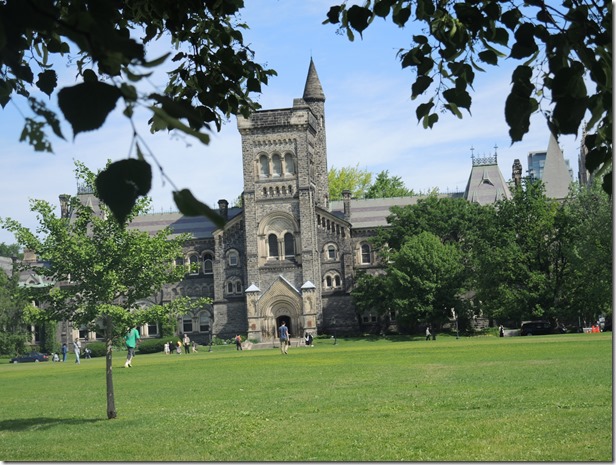
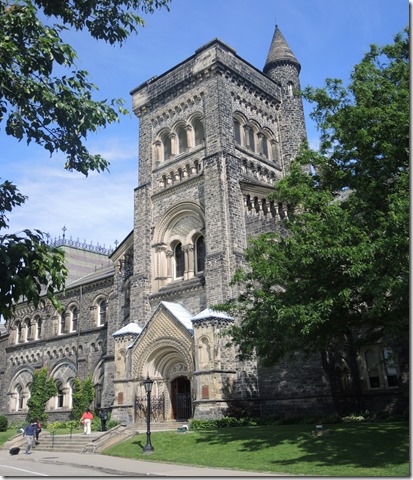
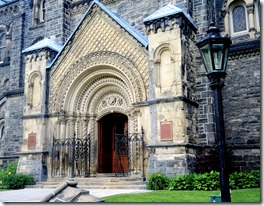
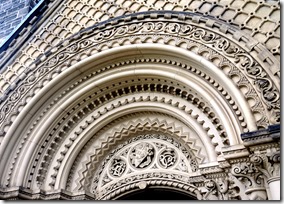
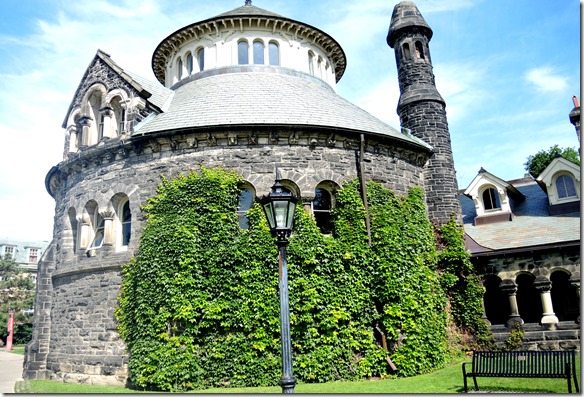
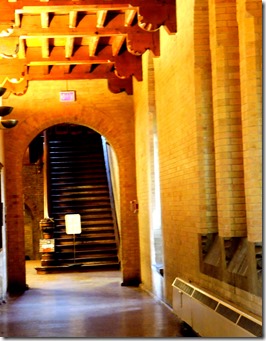
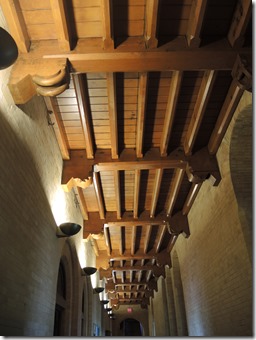
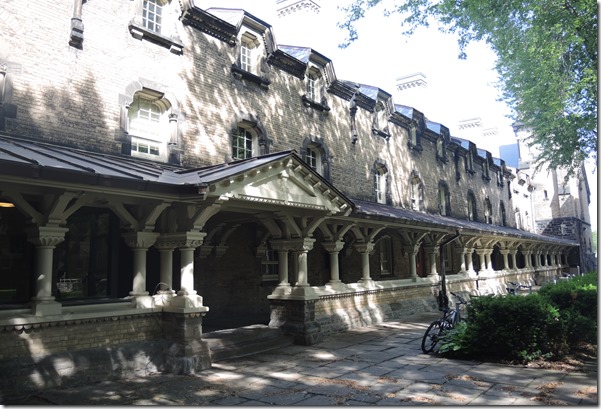
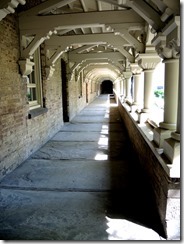

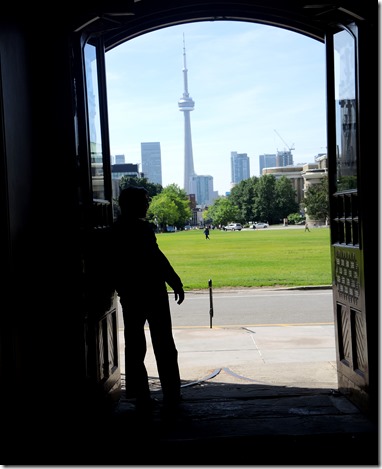
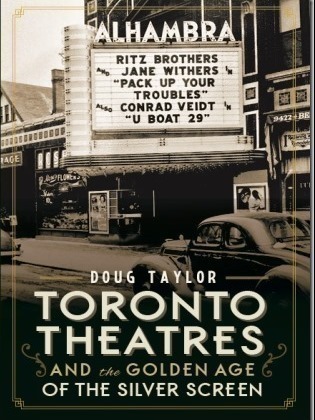


One thought on “History of University College, University of Toronto”